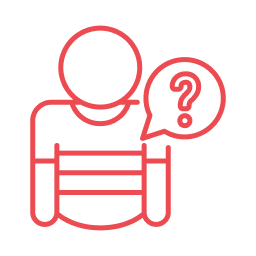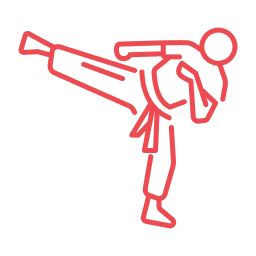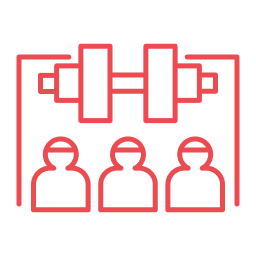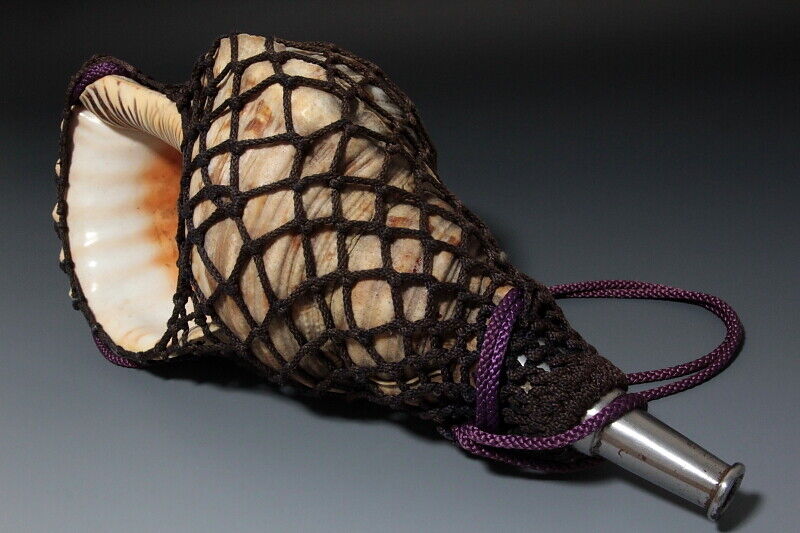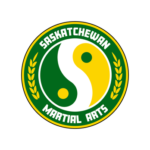Kenjutsu & Iaido
- Home
- Kenjutsu & Iaido
About Kenjutsu & Iaijutsu
Sword fencing skills of the Samurai
Shinkage-ryu Iai
Our Kenjutsu (sword fencing and strategy) and Iai-jutsu (sword drawing) program is based on Shinkage-ryu, one of the older schools of Kenjutsu in Japan. We study Shinkage-ryu Iai (sword drawing) as taught within the Bushin-Kai in Japan. Kenjutsu & Iai-jutsu are excellent skills to learn in La Ronge, Saskatchewan.
Toyama-ryu Mukaida-ha
Within Toyama-ryū (戸山流), practitioners study a simplified form of sword technique that emphasizes the essential points of drawing and cutting. Toyama-ryū was established in 1925 by a committee of senior experts of several sword traditions for the curriculum of the Rikugun Toyama Gakko. It is a ‘minimalist’ sword style that focuses on practicality.
Lineage
Within classical Japanese martial arts, lineage is essential. La Ronge Martial Arts is an official branch of the NIHON-DEN KOBU-DŌ BUSHIN KAI, a registered non-profit association, with legal headquarters in Toyotashi, Aichi Prefecture, Japan.
Beat the Grass and Surprise the Snake.
Heihō Kaden Sho
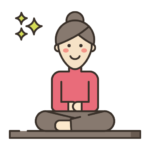
Focus
Iaido improves focus and concentration
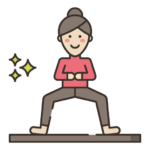
Stretching
Iaido helps with flexibility
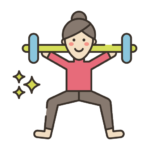
Strength
Iaido includes body conditioning
Mindset
Iaido creates a flexible mindset
Training Gear Needed
Shinkage-ryu Iaijutsu and Toyama-ryu Battojutsu can be practiced without a partner as it focuses on sword drawing. Beginners use a bokuto and saya (wooden samurai sword with sheath). Intermediate practitioners use a Iaito (unsharp metal katana). Only advanced members are allowed to use a Shinken (sharp katana). The instructor provides these permission for each participant individually after consultation with the head instructor overseas.
The bokuto is ordered from Miyakonojo, Kyushu, Japan, in the Matsuzaki Workshop. The bokuto is handmade of high-quality shirakashi (white oak) or akagashi (red oak) and can also be used for contact training. Most cheaper bokuto cannot be used for contact training as they crack and splinter, creating a dangerous learning experience.
For Kenjutsu, participants use a Fukuro-shinai. The fukuro-shinai is a special type of bamboo sword with a leather sheath. The colour is either white or red (see image). Practitioners can order a fukuro-shinai through the instructor so that quality products are obtained. A fukuri-shinai is needed after a few months of training.
Participants need an iaido obi (belt) to hold the sword on the waist. We import these directly from Japan, saving about 25% of the cost when compared to other retailers in Canada. In addition, participants need a good quality karate uniform and matsuri-tabi (Japanese light weight iaido and kenjutsu shoes with rubber sole). When desired, participants can upgrade to a full classical martial arts outfit.
A short bokuto (kodachi) is needed when training in spaces with a low ceiling, as well as for intermediate practitioners who are ready to start learning kata with the short sword in only one hand.

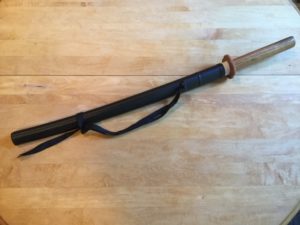


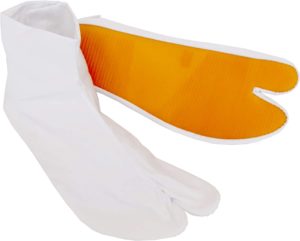

-
Iaijutsu / Kenjutsu Bokuto with saya
Premium handcrafted Bokuto Wooden sword and sheath. Japanese oak. Handmade in Miyakonojo, Kyushu Region, Japan.
$145$125
-
Adult Iai & Kenjutsu Starter Kit
Bokuto & Sheath, Budo uniform, Iaido Belt, pair of iaido & kenjutsu shoes with rubber sole. All Premium Quality. No refunds nor returns as each order is personalized to your measurements. Delivery takes about 3 weeks.
$295$250
Friday sessions are twice per month, and the dates are posted here on this page. Monday sessions are directly after the Ninja Kids sessions. Adults receive some instruction at their level of skill development and then continue to practice the skills while receiving feedback from the instructor.
Very old Traditions
The Nihon-Den Kobu-dō Bushin-Kai is a Non-profit Martial Arts organization, located in Aichi Prefecture in Japan. Chris de Feijter is a Board Member of the Bushin-Kai, as well as a private student of the current head master. Within the Bushin-Kai, various martial arts are preserved and studied. These are collectively called Bushin-ryu.
Shinkage-Ryu Iaido is different from Yagyu Seigo-Ryu Batto-jutsu. Shinkage-Ryu Iaido contains kata from Yagyu Seigo-Ryu. In addition, a variety of kata from of other iai ryuha (schools) existed in the curriculum of the Yagyu family in Edo period. These included Shinkage-Ryu Batto Heiho (by Kamiizumi Magoshiro), Yagyu Shinto-Ryu (by Yagyu Muneyoshi), Seigo-Ryu Batto jutsu (by Nagaoka Husanari), Sekiguchi-Ryu iai, Rikishin-Ryu iai, and other schools. All these ryuha were passed on by the Yagyu family. Yagyu Toshinaga reconsidered all these katas within their Batto-jutsu. One of his most prominent students Kashima Kiyotaka received a license with the name "Shinkage-ryu Batto Mokuroku 新陰流抜刀目録”.
Kendo became active in Japan after the end of the samurai days, and Kobudo with only kata practice was not popular. In the early 19th century, Yagyu Shinkage-Ryu also was forgotten by people and faced a crisis. It is said that Toshinaga sensei developed Shinkage-Ryu Iai to recover its popularity of Shinkage-Ryu.
When Yagyu Nobuharu sensei succeeded to Owari Yagyu 13th Soke, many master pupils of Toshinaga sensei left the Owari Yagyu family. Kashima Kiyotaka sensei was one of the pupils who left Owari Yagyu, too. Then, Shinkage-Ryu Iai was passed on to Kashima sensei, and not handed down to Nobuharu sensei. Therefore, Shinkage-Ryu Iai has not been succeeded to current Owari Yagyu.
Kashima-sensei had a few master students including Akita-sensei and Mori-sensei. One of Akita-sensei’s top student was Mukaida-sensei. Mukaida-sensei incorporated Shinkage-ryu Iai in his Bushin-ryu ryuha. After his death, Marco Pilato became the heir of the Bushin-ryu.
Iaidō derives from older Japanese martial traditions and has historically been referred to as “iaijutsu.” While “iaijutsu” continues to be used today, the term now refers to more traditional practices rooted in martial applications, while “iaidō” refers to its modern equivalent, with greater emphasis on self-development rather than combat.
All novice practitioners use a Bokuto (Japanese wooden training sword) with a Saya (sheath). As practitioners progress their skill, they can upgrade to an Iaito (unsharp katana). Advanced members are allowed to use a Shinken (sharp sword).
Novice practitioners start training in a regular karate uniform ($70) with an iaido belt. After a few months, they can upgrade to what is known as a Iaido uniform: a hakama and keikogi ($120 - $200).
Edo period implementation of countless regulations, changing continuously according to the needs and desires of the current ruler, created the Daishō (sword pair, one long katana and a short wakizashi). Wearing two swords was limited to samurai in the office on official duties (contrasting what you see in modern movies).
Black gloss saya (sheath), black silk tsuka (handle), minimalistic plain fittings. Samurai then tried to find personal expression in what was not regulated or could not be seen at distance, such as tsuba (guard) or menuki (handle decoration). Out of official duties, if they could afford, they would have a set they liked more, free from those regulations.
Before the Edo period (in the Sengoku Jidai period), it was very common to have seemingly mismatched koshirae (mounting) that would serve the purpose, taste, and finances of the Bushi (Samurai).
Mukaida-Sensei – the founder of the Bushin-ryu - disliked the militaristic approach of Bushido and misinterpretation of Edo Jidai rules. Therefore, for the most part, we follow the "Sengoku approach," obviously adapted for modern times.
Using any kind of training tool in a way incompatible with training may result in injuring its user. Taka Budo Dokokai Martial Arts Inc. accepts NO RESPONSIBILITY for any damage and/or injuries caused through misuse of the skills learning in kenjutsu and iaijutsu training.
Yes. Many Westerns have for example difficulties with sitting on their knees (Seiza). From old-times, the Shinkage-ryu included seated and standing forms. Therefore, if your physical abilities are limited to doing standing kata only, no worries!
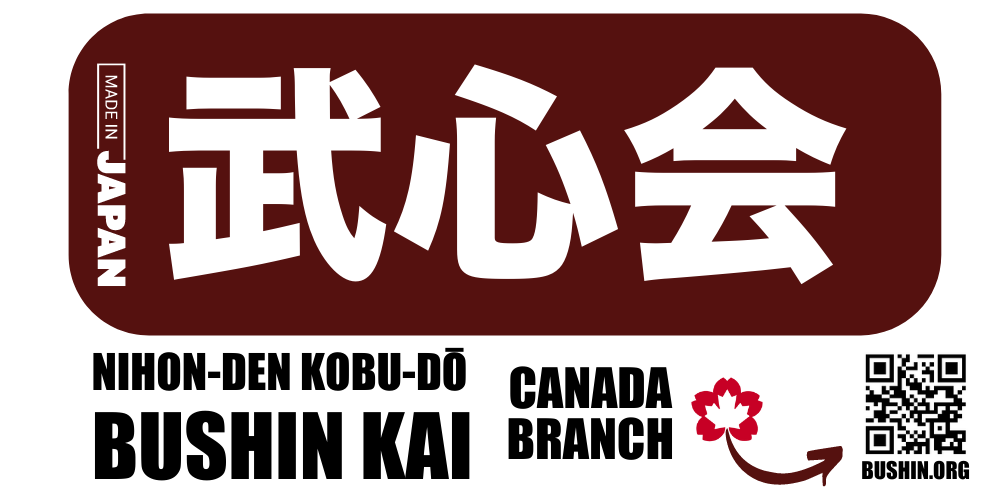
Mindfulness
Body Conditioning
Strategy
Knowledge
Concentration
Precision
Control
Persistance
FAQs
Frequently Asked About Training
The monthly cost to participate in training sessions is a flat fee of $80. This includes unlimited sessions on the Friday, as well as additional training sessions online when available.
Kenjutsu and Iaijutsu use weapons that can be used to harm others. Since our school is a member of the Saskatchewan Martial Arts Association, we follow their guidelines for safe training.
Yes, as long as individuals have a clear criminal record, the following is irrelevant: physical condition, gender, age. So anyone is welcome as the training is adapted to your level of development.
Shinkage-ryu Iai Demonstration
Here is a video demonstrating recorded in 1996. You can see Mori-Shihan, one of Kashima-sensei’s top students, performing several Shinkage-ryu Iai kata.

